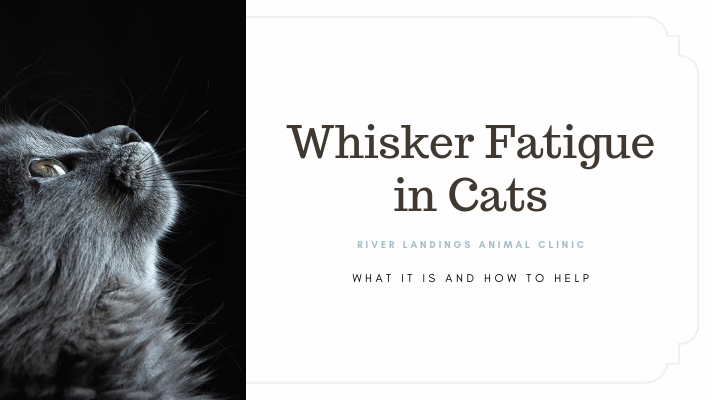Spring is right around the corner and with it brings an important consideration for your cat.
With spring comes longer days. The sun comes up earlier and stays up longer. And this increasing day length plays with a cat's hormones. The result is kittens; lots and lots of kittens.
Of course, kittens are cute and cuddly. Everybody loves kittens. But kittens grow up to be adult cats pretty quickly. Before long, kittens start making kittens of their own.
A female kitten can come into heat and become pregnant as early as 5-6 months of age. Male kittens generally become fertile about the same time as well. In addition, an intact female cat can become pregnant with a new litter while she is still nursing and caring for her previous litter. She can have several litters in the course of a year.
All in all, the reproductive cycle of the cat makes the species a pretty efficient breeding machine. That’s one of the reasons why spaying or neutering cats are so important. Spaying/neutering is the only effective way to control the cat population. So if you haven’t had your cat spayed or neutered yet, it’s time to think about getting that done.
Of course, there are other reasons also. Spayed or neutered cats make much better pets than those that are unaltered. Female cats are very vocal when they are in heat. Those that have considered breeding their female cats have changed their minds for this very reason. Living with a cat that is in heat is not a pleasant experience. (Not to mention the fact that breeding your cat solely for the purpose of making kittens without a well-planned breeding program in place is not a responsible action.)
The same can be said of male cats. Unaltered males have strong-smelling urine and can develop undesirable habits like urine spraying on everything and anything. Though spraying behavior can occur in altered males as well as in female cats, neutering your male cat definitely reduces the possibility of this behavior occurring.
There are also health benefits for altered cats. Female cats spayed prior to their first heat cycle have a significantly lower risk of mammary cancer later in life. The risk of a severe uterine infection known as pyometra is removed completely when your cat is spayed.
Remember also that your unspayed female cat can become pregnant if she lives in a household with an unaltered male, even if the male is related to her.
Hear From Us Again
Don't forget to subscribe to our email newsletter for more recipes, articles, and clinic updates delivered straight to your e-mail inbox.




